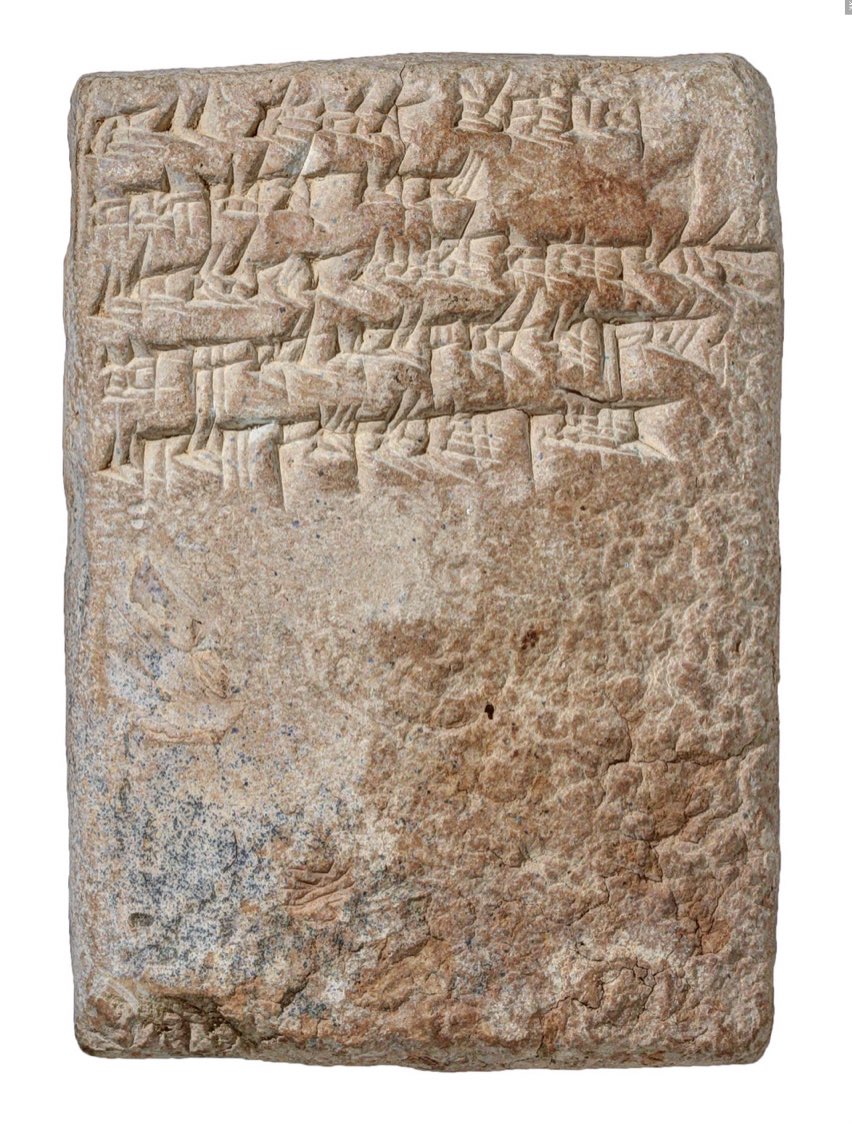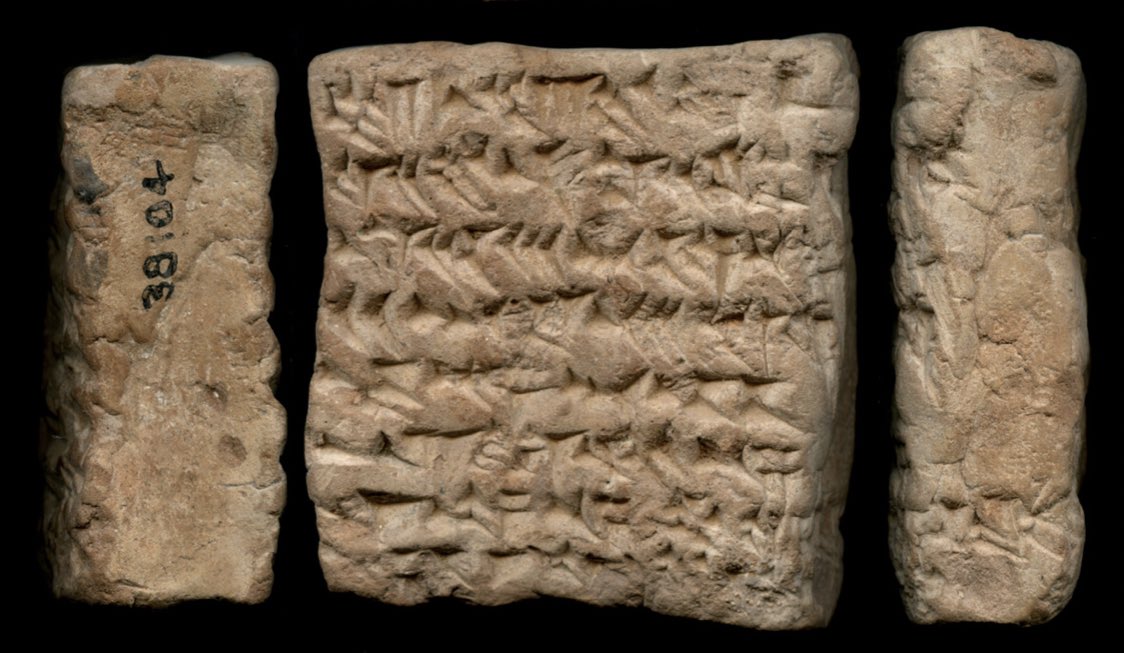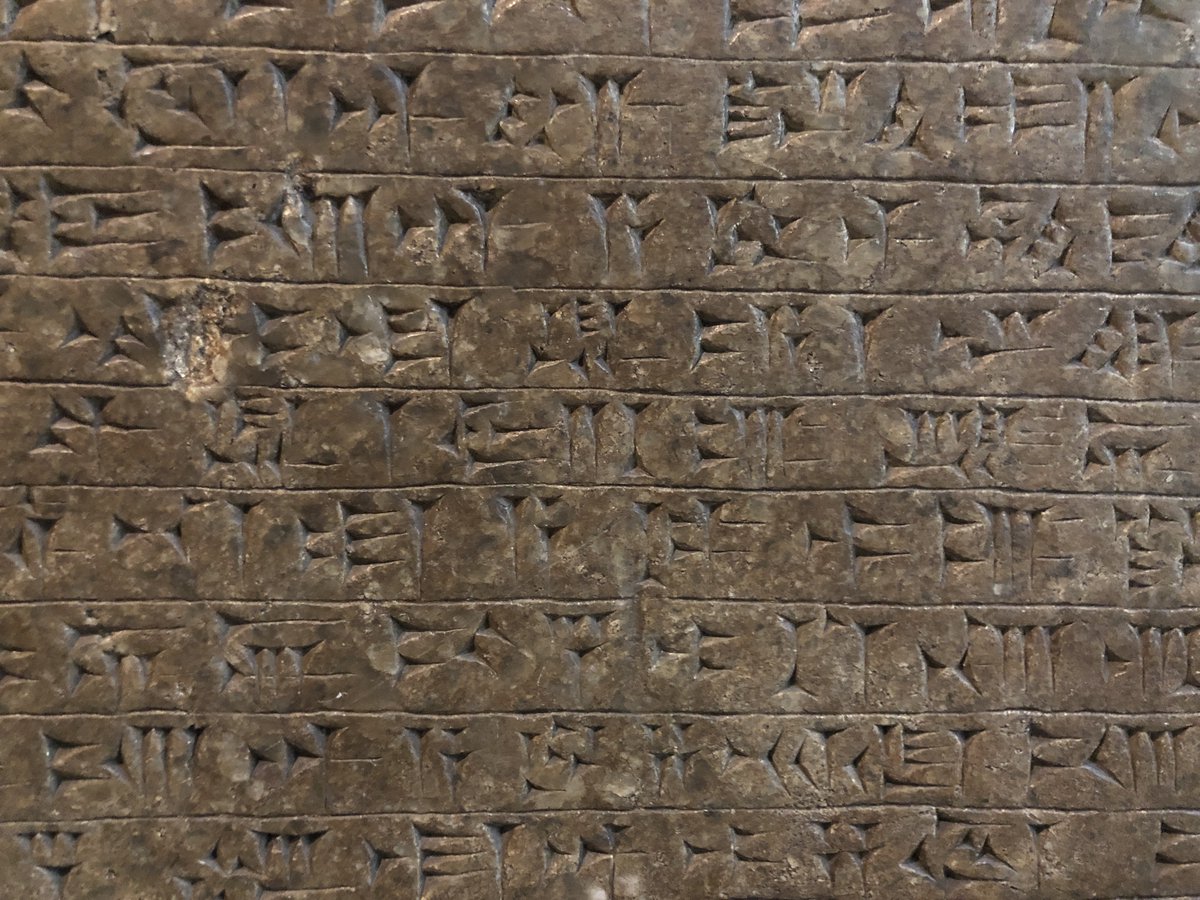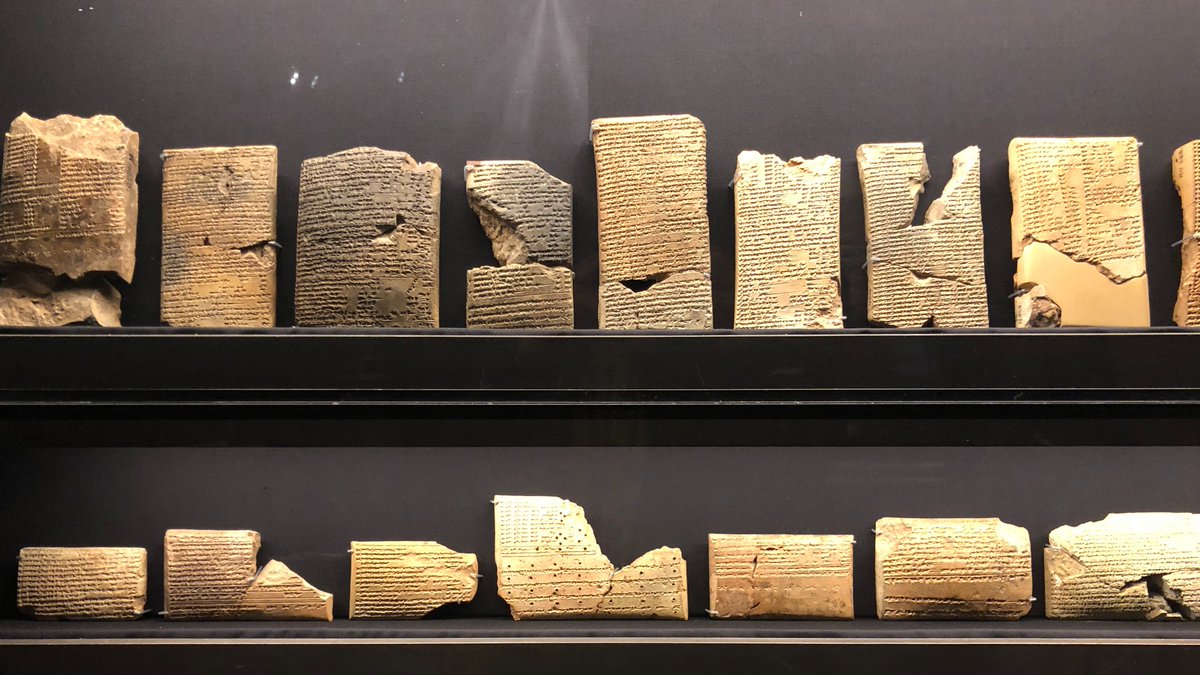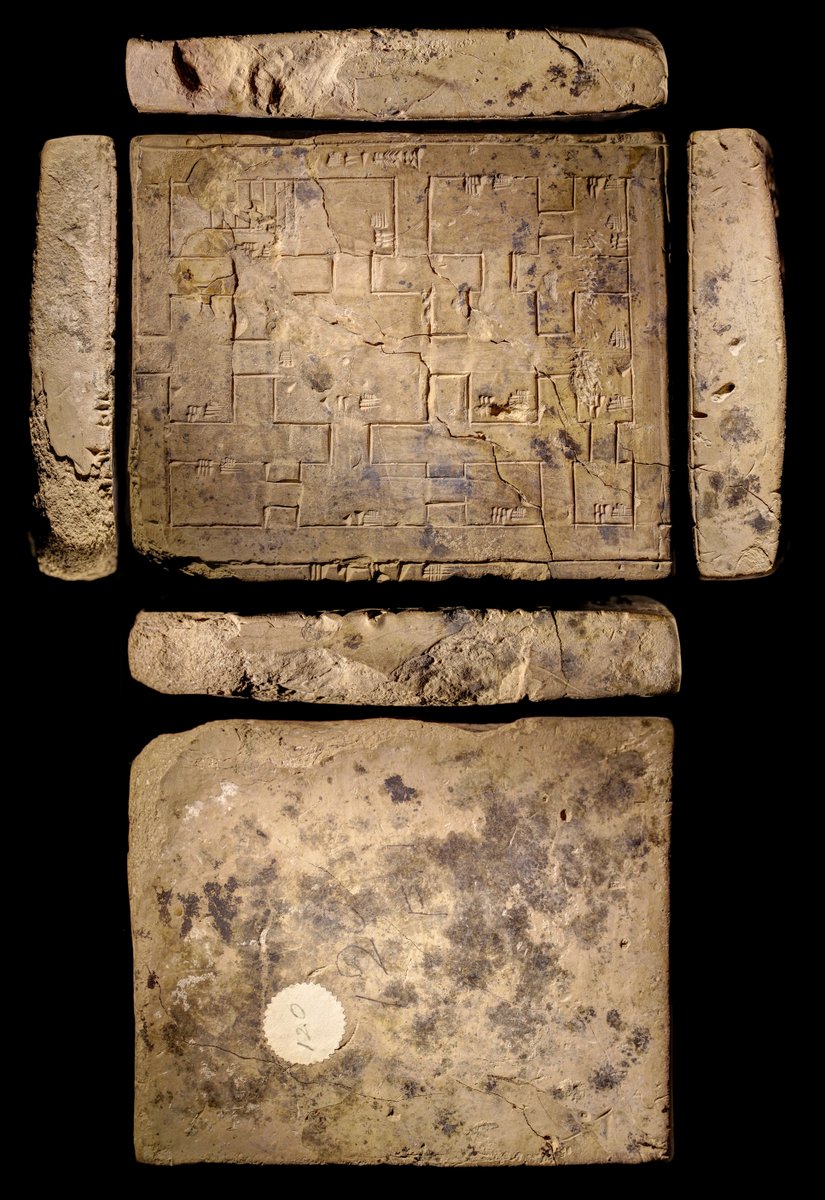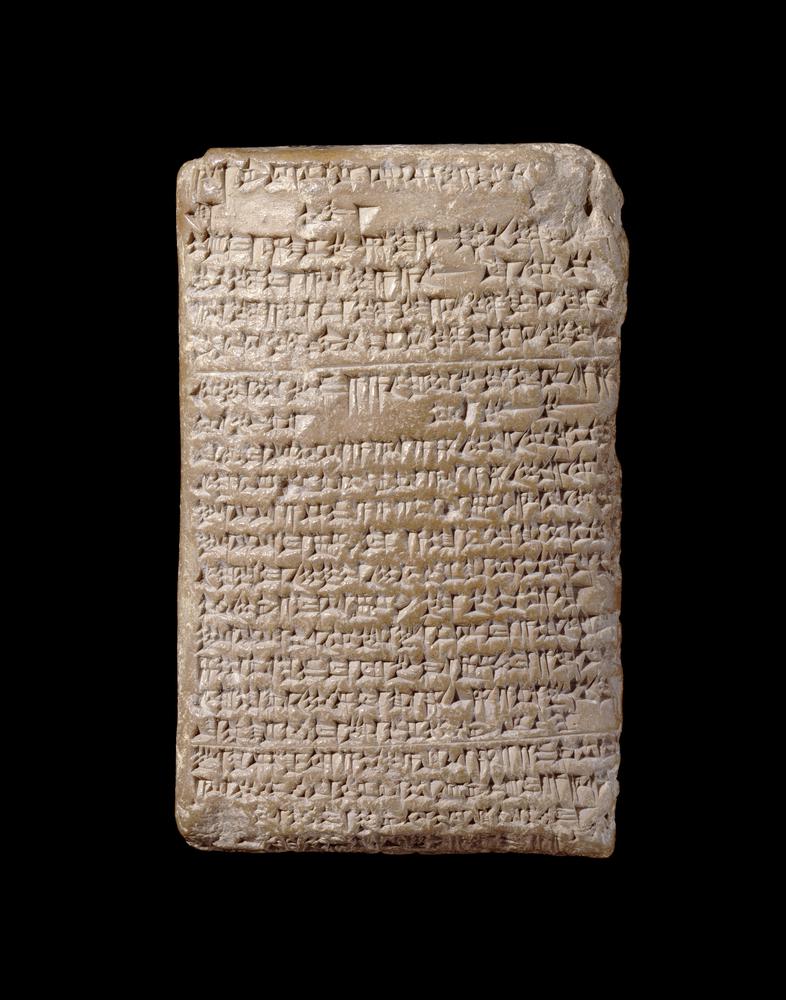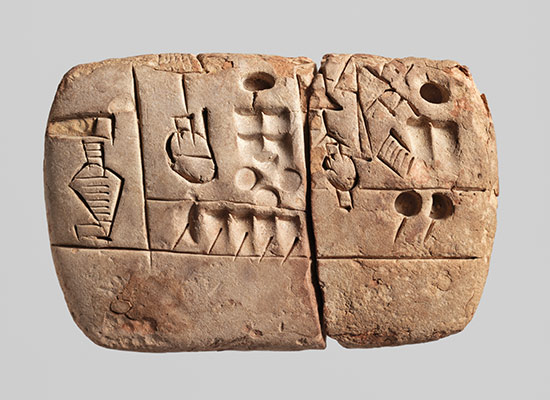
did the Sumerians invent the wheel?
i have no idea, but here’s a thread on the history of the wheel in ancient Mesopotamia because the possible answers are unsurprisingly really interesting


i have no idea, but here’s a thread on the history of the wheel in ancient Mesopotamia because the possible answers are unsurprisingly really interesting



there are a few places to look for early evidence of the wheel (or anything really), like…
1. archaeological evidence, or an actual wheel
2. written evidence, or textual references to a wheel
3. art, or depictions of the wheel
all three are attested for ancient Mesopotamia
1. archaeological evidence, or an actual wheel
2. written evidence, or textual references to a wheel
3. art, or depictions of the wheel
all three are attested for ancient Mesopotamia

let’s start with the wheel in art from ancient Mesopotamia.
the Early Dynastic Period was amazing for lots of reasons, and beautifully decorated pottery is one of them. this painted jar from early 3rd millennium BCE Khafajah is no exception
the Early Dynastic Period was amazing for lots of reasons, and beautifully decorated pottery is one of them. this painted jar from early 3rd millennium BCE Khafajah is no exception

this painted pottery from early 3rd millennium BCE Khafajah in Iraq shows a chariot being pulled by 4(?) horses.
importantly, it has WHEELS which have little lines coming out of them


importantly, it has WHEELS which have little lines coming out of them



which is very early and very cool
the wheel continues to appear in art from ancient Mesopotamia, including the magnificent Assyrian reliefs of first millennium kings.
here, king Ashurbanipal rides a chariot with epic wheels into a lion hunt
here, king Ashurbanipal rides a chariot with epic wheels into a lion hunt

i actually cropped out the lion because these ancient Assyrian lion hunt reliefs capture the suffering of the animals with such realism and mastery that it can be upsetting
let’s move on to evidence of the wheel in early writing.
a character that appears in the a handful of the earliest written texts from Uruk at the end of the 4th millennium BCE has wheels (top left of this tablet)


a character that appears in the a handful of the earliest written texts from Uruk at the end of the 4th millennium BCE has wheels (top left of this tablet)



you can read more about the proto-cuneiform sign that looks like a sledge on wheels here, thought to represent a wagon researchgate.net/profile/Stefan… 



finally, archaeology.
as far as i know (and i could totally be wrong), early evidence for the wheel in ancient Mesopotamia comes not from a vehicle, but a potter’s workshop in what is now Syria
as far as i know (and i could totally be wrong), early evidence for the wheel in ancient Mesopotamia comes not from a vehicle, but a potter’s workshop in what is now Syria

at a site called Tell Feres al-Sharqi in what is now Syria, a clay disc with a socket on one side was found in a potter’s workshop from c4700 BCE.
it wouldn’t have produced enough energy to spin in the right way for wheel-made pottery, but may be a forerunner of this tech
it wouldn’t have produced enough energy to spin in the right way for wheel-made pottery, but may be a forerunner of this tech
4th millennium BCE potter’s wheels, and evidence for the use of the wheel in pottery itself, show that this technology was used to produce ceramics in ancient Mesopotamia 

early wheeled vehicles were excavated from tombs, like the chariot graves from Kish or the Royal Cemetery at Ur, but these are quite a bit later (like 1,000 years) than the surviving potter’s wheels from ancient Mesopotamia 

in conclusion, i don’t know where the wheel was invented, but evidence for its early use in Mesopotamia includes the earliest written words 🤯, potter’s wheels, and beautiful art.
all of which are amazing and worth attempting a short thread on
all of which are amazing and worth attempting a short thread on
some sources:
tandfonline.com/doi/abs/10.108…
archaeopress.com/public/downloa…
journal-vo.it/Publicazioni/V…
tandfonline.com/doi/abs/10.108…
archaeopress.com/public/downloa…
journal-vo.it/Publicazioni/V…
CORRECTION (with apologies from a scholar who knows nothing about horses): the image on the ceramic ware from Khafaja is not a horse, but an onager or ass.
Thank you to @Andreas25596826 and @sm9eb for pointing this out! 🙏
Thank you to @Andreas25596826 and @sm9eb for pointing this out! 🙏
• • •
Missing some Tweet in this thread? You can try to
force a refresh















